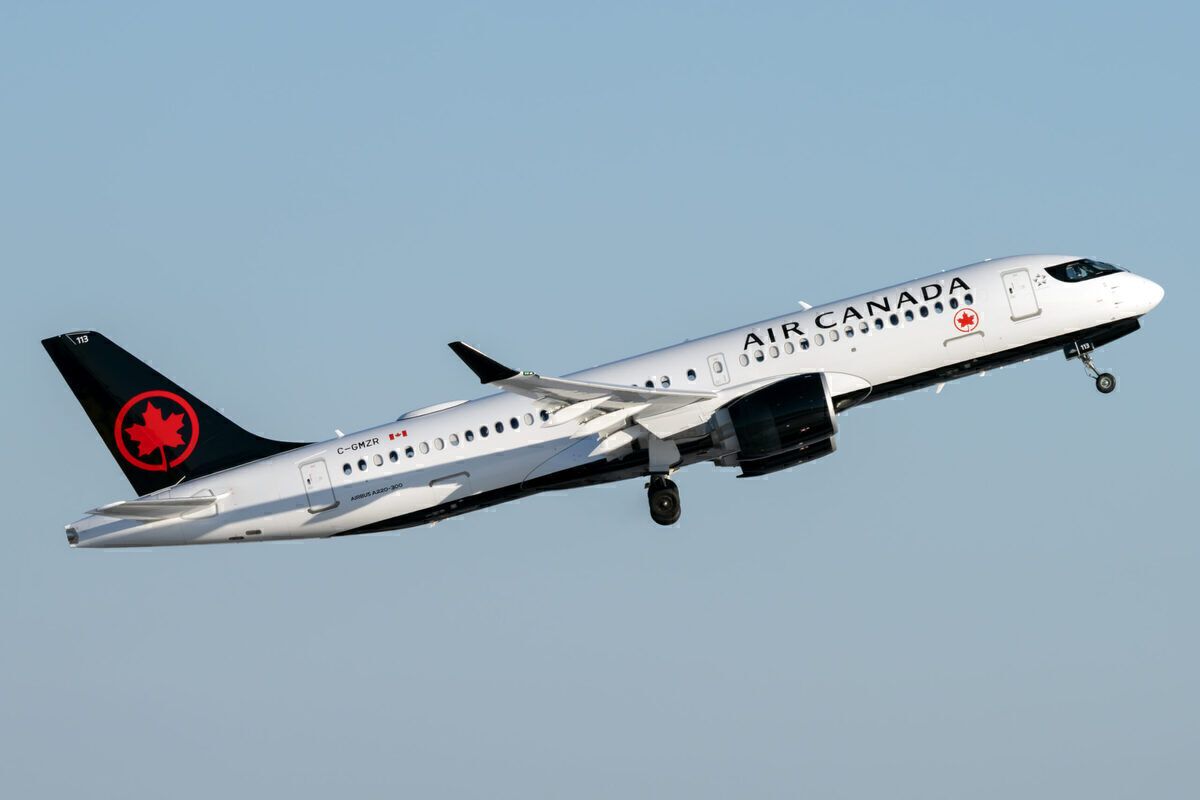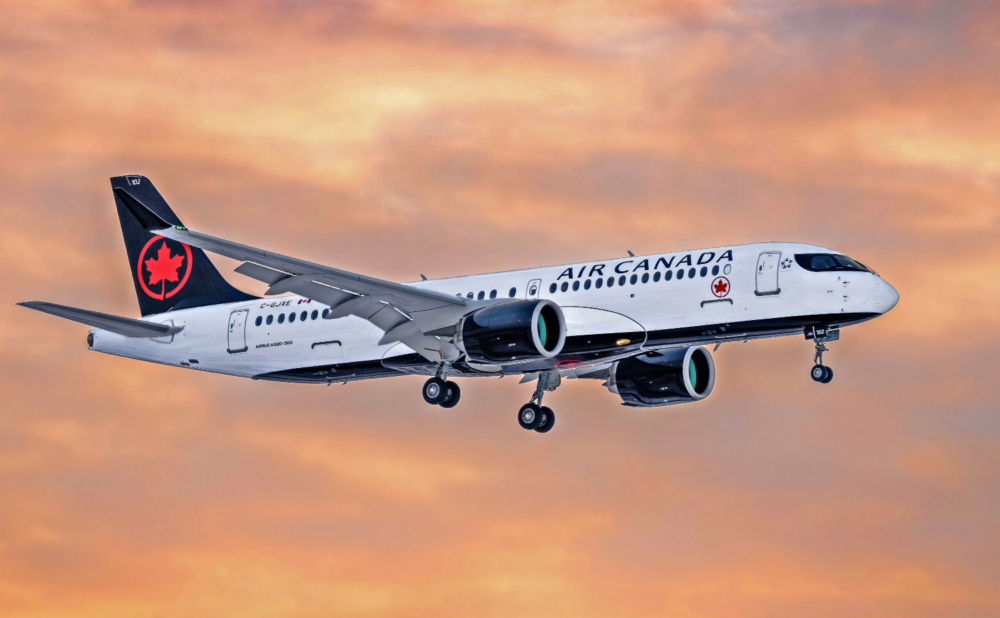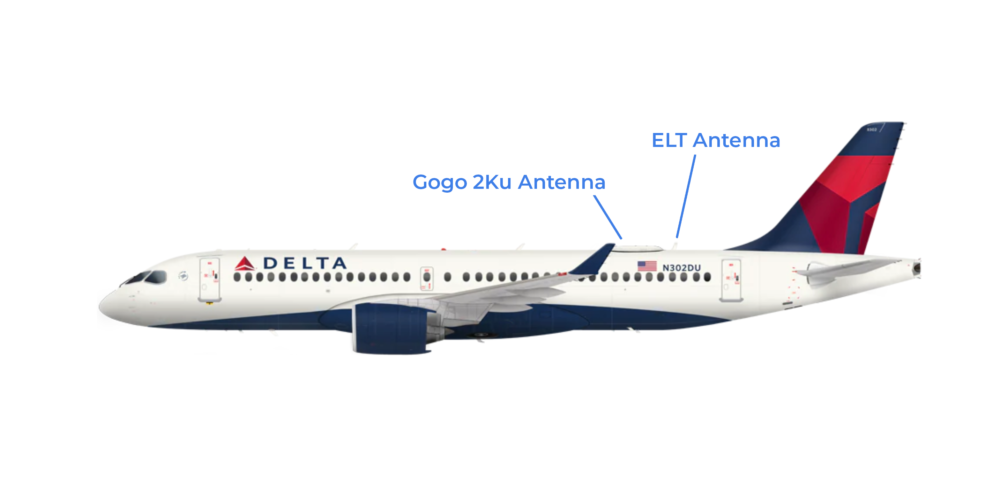Transport Canada has published an airworthiness directive for operators of the Airbus A220 using Gogo’s 2Ku antenna. The reason for the directive is that vortices created by the Gogo 2Ku radome have been dislodging the emergency locator transmitter antennas. It’s a problem that has been faced with this particular WiFi antenna before.
Airworthiness Directive issued
An Airworthiness Directive (AD) has been issued this week by Transport Canada relating to issues with the Airbus A220. Specifically, the aircraft’s inflight WiFi radome, supplied as a line-fit option as the Gogo 2Ku product, is causing vortices that are interfering with the aircraft’s Emergency Locator Transmitter (ELT) antenna.
The regulator says that it has had two reports of ELT antennas being lost as a result of the vibrations. In one case, the departing ELT antenna caused damage to the tail of the A220. As a result, the regulator is demanding airlines replace their ELT antennas at intervals of 2,500 flight hours.
Within the document, Transport Canada says,
“Two ELT antenna failures have been reported, including one case where the antenna departed the aeroplane causing minor damage to the vertical stabilizer skin. The investigation revealed that these ELT antenna failures were caused by vibration loads induced by air vortices shed by the Gogo 2Ku antenna radome. Uncorrected, this situation can lead to the loss of the ELT antenna and the development of fuselage cracks that can result in an inability to maintain cabin pressure.”
The directive requires corrective action on the part of the airlines, namely the removal and replacement of the ELT antenna. Aircraft with 3,500 flight hours or more with the same ELT antenna will be required to replace the antenna within 200 flight hours. Those with between 1,650 and 3,500 hours need to make the replacement within 850 hours, and those with less flight time must replace it before reaching 2,500 hours of flight time.
Taking effect from April 1st, 2021, the Airworthiness Directive will cover all A220-100s and -300s registered in Canada, as well as those which fly into Canadian airspace. This means Air Canada and Delta Air Lines will be affected, with 17 and 48 of the type in each fleet, respectively. JetBlue does not currently fly to Canada, but could become affected if the FAA decides to duplicate the AD.
An old Gogo problem
The ELT antenna is mounted aft of the Gogo 2Ku antenna, just ahead of the vertical stabilizer. It seems that the way the air travels around the Gogo radome is generating vibrations aft of its position, causing the ELT antenna to become loose.
The concern is not so much about the potential loss of the ELT antenna, as that’s a relatively inexpensive part and a straightforward process to replace. However, the vibration working it loose could cause damage to the fuselage. In a worst-case scenario, this could cause cabin depressurization.
It’s not a new problem for the Gogo radome, however. As reported in PaxEx.Aero back in 2018, EASA issued an Airworthiness Directive for a very similar issue. Back then, the Gogo 2Ku antenna was causing excessive vibration when installed on some A330s and A340s.
For now, operators will need to continue replacing their ELT antennas until a workaround is found. With Gogo now under the ownership of the mighty Intelsat, perhaps an alternative radome will, in the long term, be offered.
This article is brought to you by Simple Flying Connectivity, a category on Simple Flying dedicated to inflight connectivity. Click here to read all of our inflight connectivity content.




